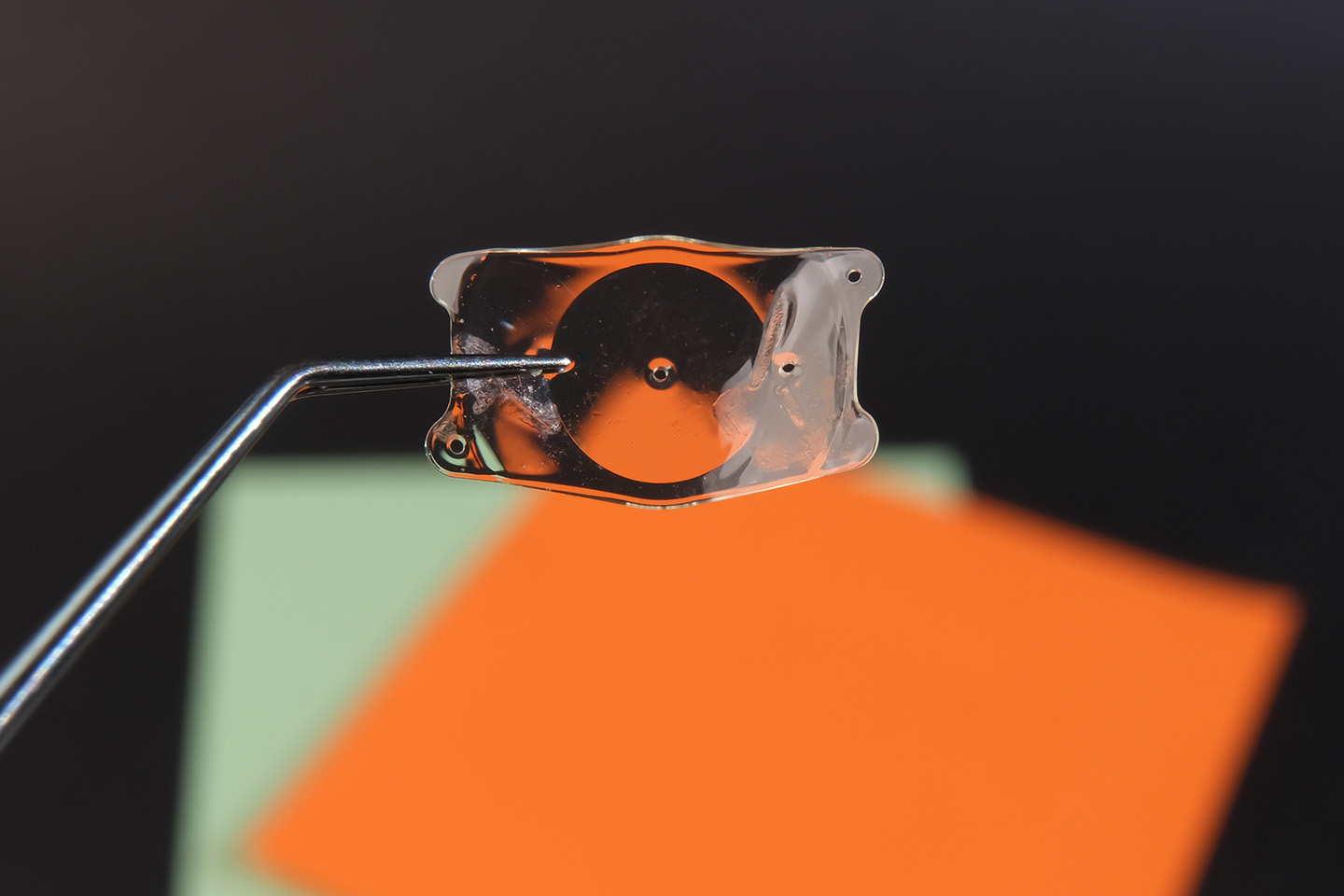What to Expect When Recovering From Refractive Lens Exchange Surgery

Refractive lens exchange (RLE), also known as clear lens exchange (CLE), is a simple, safe, quick, and effective outpatient surgery that’s similar to cataract surgery. An expert surgeon at Swagel Wootton Eye Institute simply replaces your natural lens with an artificial one to correct refractive errors, such as myopia (nearsightedness), hyperopia (farsightedness), and presbyopia (farsightedness that happens as you age), and prevent development of future cataracts.The end goal is for patients to be free of glasses and contacts — a goal that’s achieved for most patients with our advanced technology lens options. RLE surgery recovery time is typically short, with most patients reporting vision improvement in just 24 hours after surgery and a full recovery within four weeks. Here’s what to expect after your RLE procedure.
What Happens Immediately After Your Procedure
RLE procedures are typically performed one eye at a time, at least one week apart, with each procedure lasting around only 20 minutes. This technique involves a small incision, requiring less recovery time compared to other forms of laser vision correction, like PRK. Patients often receive medication, in addition to a local anesthesia, before surgery to maintain relaxation during the procedure.This may cause you to feel slightly groggy after your surgery, so you may be asked to remain in the waiting area for approximately 30 minutes prior to leaving. You’ll also want to ensure that you have someone to drive you home. A protective eye shield will be placed over your eye, and you’ll be given a pair of dark sunglasses to help protect it from the temporary increased light sensitivity. You’ll be encouraged to rest upon getting home, and it will be important to wear your protective eye shield during any naps and overnight. Your eye surgeon will provide you with instructions for when you’ll be able to remove your protective shield when not sleeping. Importantly, eye drops will be prescribed to prevent infection and inflammation during the recovery process.
Care After Your Procedure: The First Week
You will have a follow-up appointment with the team at Swagel Wootton Eye Institute the day following your surgery to ensure the healing process is proceeding as expected and without complications. This is an excellent opportunity to discuss any questions or concerns you may have with the doctor. It’s important to remember that while some patients report clear vision immediately following the surgery, it’s common to experience blurry, wavy, or other distorted vision for the first few hours or days. Your eye may appear red or bloodshot, slightly bruised at the anesthesia injection site, or you might feel as though your eye is dry or there’s a grain of sand in it. These are all normal side effects and should diminish after a few days.
Continue to use your eye drops as prescribed and follow any other instructions provided by your doctor.
Tips for the Best Recovery
Your vision will continue to improve in the following days and weeks as your eyes continue to heal. Be sure to follow your doctor’s instructions carefully and completely for best recovery results, and exercise these tips during at least the first week:
- Use your eye drops regularly and exactly as directed
- Wear your protective eye shields as instructed
- Abstain from driving the day following your surgery
- Avoid rubbing your eyes
- Refrain from any heavy lifting, strenuous activity, hot tubs, and swimming pools
- Exert caution when washing your face or showering
- Avoid exposure to dust, wind, and pollen
Learn More About RLE From Swagel Wootton Eye Institute
If you’re ready to explore RLE surgery and see if you’re a good candidate, our experienced team is ready to help. Request an appointment today at one of our two convenient locations and get started on your journey to see clearly.
[DISPLAY_ULTIMATE_SOCIAL_ICONS]








